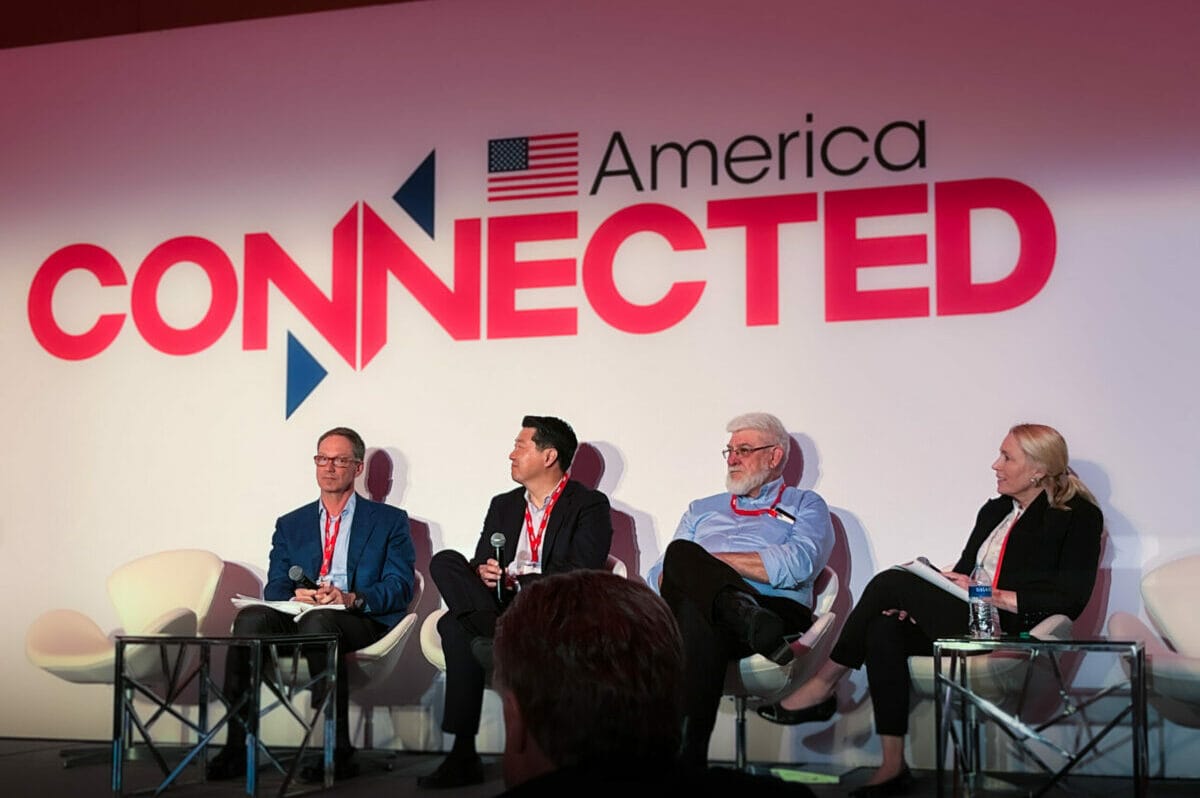Growing Investment in Digital Infrastructure, Especially Fiber: Connected America Conference
As providers attempt to expand their fiber footprints, some are turning to open access networks.
Em McPhie

DALLAS, March 30, 2023 — Private sector investment continues to play a key role in supporting and shaping digital infrastructure development, as the increasing demand for high-speed connectivity clashes with industry-wide economic challenges, experts said Wednesday at Connected America.
“Despite a possible recession… it doesn’t feel like there is a slowdown in the need for digital infrastructure,” said Jennifer Fritzsche, managing director at Greenhill & Co.
While this infrastructure comes in many different forms, Fritzsche said that she was seeing particularly fast growth in data centers. “There’s been tremendous need for more capital there.”
Fritzsche also emphasized the growing demand and competition for fiber, calling it the “lifeblood” of future networks. “A lot of people are leaning in here, and I think that’s created a more challenging environment in the fiber-to-the-home space,” Fritzsche said.
As several providers aggressively attempt to expand their fiber footprints, some are turning to open access networks. The use of shared infrastructure “opens up an interesting model for competition, but it also makes it very difficult for anybody to really get a good, solid return,” argued David Rottmayer, telecommunications expert and host of the “Let’s Talk Telecom” podcast.
In December, AT&T announced a plan to bring fiber to 1.5 million customer locations outside its existing footprint, utilizing an open access platform. The outcome of this “1.5 million test” may influence other providers to either embrace or avoid similar models, said William Dauska, managing director at Citizens Capital Markets.
In response to the growing popularity of fiber, incumbent telecommunications and cable providers are investing heavily in advertising and sales, said Steve Lee, founder and managing director of Layer 7 Capital.
“Fixed wireless is becoming a real thing,” Lee said. “These carriers are being really focused on 5G as an alternative to FTTH, and I think you’re going to see a lot more of that in the new future.”
Fritzche countered that while fixed wireless may be the “here and now,” the rapid growth of fiber adoption means that major providers will have to be very careful in maintaining the same standard of service for existing wireless customers.
“I tend to think fiber is always the preferred solution, especially as you see the consumption that’s happening,” she said. “I do think there’s a place for fixed wireless, LEOs, satellite, but it’s probably not in the areas that are consuming the most demand.”
Across different types of infrastructure, Rottmayer pointed to high interest rates and government grant programs as two factors potentially hindering private sector investment. The grant programs tend to favor incumbents with an established base, he said, which poses a challenge for startup entities.










Member discussion